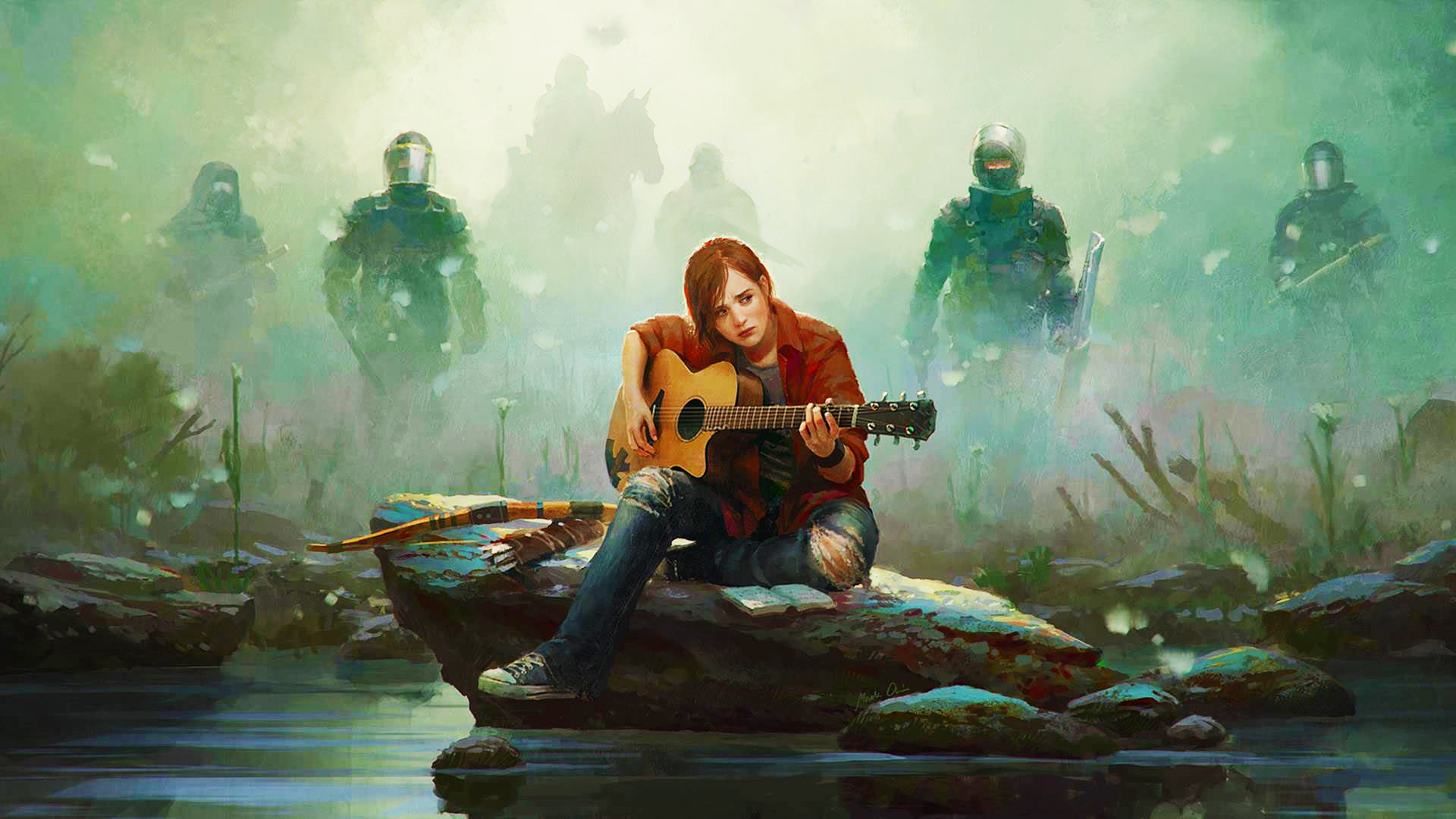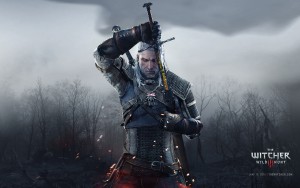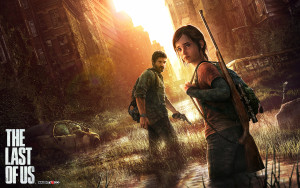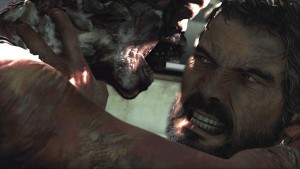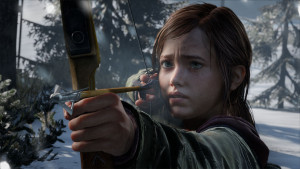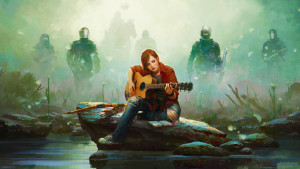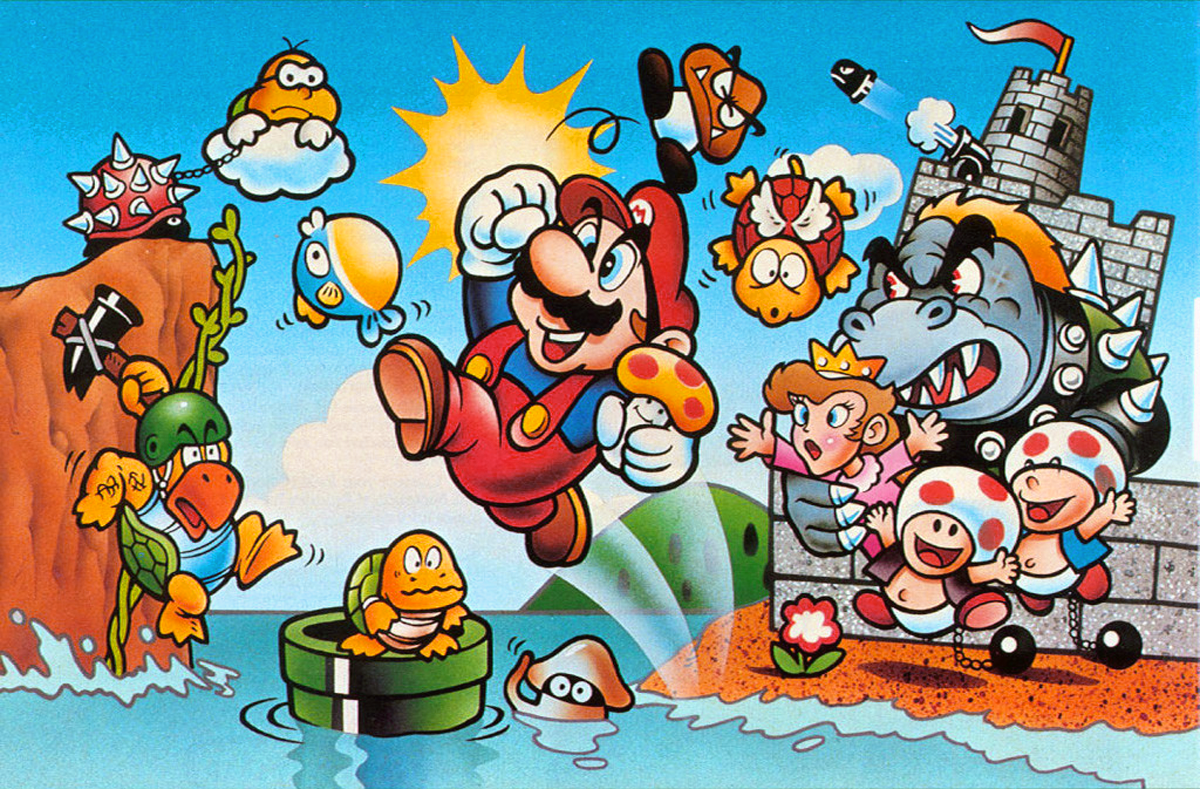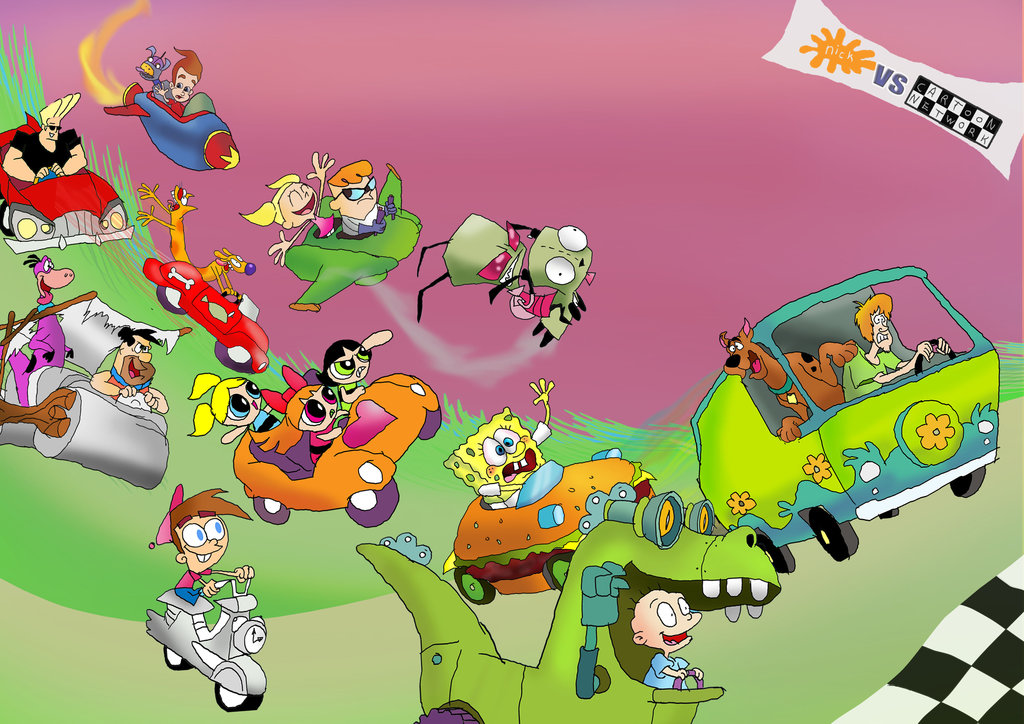There seems to be a belief that for a movie to be a popular blockbuster hit there needs to be sex or violence on screen in the first five minutes of the film.
That idea was asinine and no doubt lead to many a Transformers movie.
There is no need, and that belief is not simply true, not only of movies but all creative forms of storytelling. Don’t get me wrong, sex sells, decapitation is dramatic, and no one likes gasoline fueled explosions like me, but the thing is boom for the sake of boom holds no impact. Beginnings don’t always need shallow violence or sex. They don’t require gore or tits or explosions, those are just icing on the cake. What beginnings need is to be is good and what makes them good is technique.
Characterization, soundtrack, writing, a mastery over these key elements is what creates depth and immersion. The content is secondary. The hundreds of thousands of people who forked over good money and expect to be invested are not looking for a hollow and fleeting thematic experience. They want to be whisked away, whether it’s a dollar-a-dozen action flick or a timeless masterpiece, beginnings are the stepping stone to the imagination.
The reason why the particular belief above became so popular is because in a certain sense it touches on the truth. No, storytelling does not always need to begin with debauchery, but it does need to get the audience’s attention. When writing novels this idea is often expressed as a “hook.” A bite sized chunk of text whose purpose is to wow the reader into getting comfortable in your world and staying longer to see what happens next. Notice how I said, “wow the reader” and not sex them or shock them. It simply needs to grab hold like the metaphoric definition suggests.
This concept is doubly true in video games where player 1 is not simply some passive observer, but an active participant in the storytelling process. They have a controller in their hand; they are actively waiting to be immersed.
This next statement is probably going to make some nipple loving, explosion hungry gamers angry.I believe that the first ten minutes of a video game are by far the most important. They are what I like to call the golden ten.The roughly estimated amount of time a creator has to successfully convince the player of all their game has to offer. They are the 600 seconds a studio has to fight against the currents of normality and sell the audience on their world and its gameplay experience. What they offer in that brief fleeting timeline is what will define the rest of our experience with their creation.
Unfortunately most AAA productions tend to err on the side of safety and profit, meaning that they favor the tried and true staples of video game design:
Long pointlessly blinged out opening cinematic. Check!
Long interactive tutorial aiming to teach gamers how to game. Check!
Overwrought characters designed solely to fit statistically relevant stereotypes and demographics. Check!
* Cough * Final Fantasy XIII, The Evil Within, Hatred, etc…

In a medium whose sole distinguishing factor is its ability to engage, there seems to be quite a bit of downtime and mediocrity going into its design. Fortunately, some games do not like to follow the pack.
The Last of Us developed by Naughty Dog and published by Sony Computer Entertainment is one such standard defying masterpiece. The first ten minutes of The Last of Us may be the single best beginning to any game I have played in the last decade.
<Warning!! Before we go any further in our discussion it is important to note that the first ten minutes of the game are going to be thoroughly and completely spoiled. This is going to be an in depth look at how Naughty Dog’s creation defies industry standards and why it’s beginning sets up the story for success. If you do not want to have the beginning spoiled I highly recommend you go and play the game before reading any further. >
First off, There are other games that understand beginnings. The Dark Souls franchise is now famous for its desolate lonely worlds devoid of any caring or warmth. The tutorials are hard, if there are any, and the cinematic short and sweet. There is no sex or explosions just a undead soul armed with swords and sorcery.
The Witcher trilogy on the other hand has sex and violence and cussing, but it also has fantastic writing. Geralt is a multifaceted character with real depth, as is all the girls he is boning. There is a story we can follow with stakes we care about and a world that is thrumming with life. All of these games are fantastic examples of what I am arguing above.
But in the end I chose The Last of Us because it is a simple story elevated by its beginning. If we look at the game objectively a few things immediately stand out. It is a zombie game; its genre is survival horror. The story is based on a mythology that has already served as the basis for pop culture giants like Resident Evil and The Walking Dead. At first glance, The Last of Us is already slated for a predictable and underwhelming start.
That is until you begin and the opening credits roll. The game places you in the eyes of a young twelve-year-old girl named Sarah. She is sleeping on a couch waiting for her father to come home late from work. As viewers, we find out it’s his birthday and Sarah was waiting with a present when she falls asleep. She wakes up as he returns home and as the night rolls on she gives him a gift and jokes about selling drugs to fund it. Joel is a witty and well-written character that feels like a father. He pokes fun and rolls with the punches. The first moments of The Last of Us lack any sort of over the top introduction. They are about the quiet moments between a father and his daughter. An almost chilling side to a story you know is headed for the weeds. Despite there being no gore or sex or blood, the scene is carried by an uncomfortable suspense. As a gamer I knew what is going to happen, I can sense the silent threat of violence, of tragedy strolling down the road. And yet the story did not need to say it or show it. Instead it builds its characters and gives a depth to the world that might have otherwise been lacking.
Shortly after this scene the apocalypse arrives. Sarah wakes up to a panicked call from her uncle, and to an empty home. I have to say, controlling a defenseless child during the zombie apocalypse is frightening, especially when I know exactly what is going on outside. Joel is missing, and when we finally find him he is covered in blood from a conflict at the neighbors. Sarah is shaken and as she struggles to get a hold of herself a maddened zombie neighbor breaks in from outside. Joel kills the man with a pistol and together he and Sarah run out to their car. Things have gone from bad to worse and after meeting with Sarah’s uncle they escape.
Now, some of you may be thinking, look we are three minutes into the story and already there’s destruction.
That’s true. There is indeed an air of violence to this story that is brutal and extreme. But, it is not the focus or the purpose of the narrative. In fact, most of the more gruesome acts are not actively shown but rather implied. As your car speeds along the road you are still in control of Sarah and are free to swivel her head and look outside. Each violent act is only briefly shown on screen before fading into the rear view mirror. The horror is not fueled by shock and awe, but by the degeneration of the world filtered through the perspective of Sarah. The fact that we are watching the end of the world through a child’s eyes but have no control over its trajectory or course is terrifying.
After driving a short distance another runaway car sideswipes them, flipping their car and leaving them battered and exposed to the raw insanity that is unfolding all around them. At this point in the story Sarah is injured and you gain control of Joel as he carries her and runs through the crowd. I should mention that everything that has happened so far is more of an action cinematic rather than pure gameplay. As the player, we have no control over how the situation is unfolding. We are simply tasked with small things like running from zombies and following the path placed before us. This action cinematic ends as Joel and Sarah break free of the zombie horde and approach a military perimeter. A lone marine defends them from pursuing zombies, and for a brief instant our protagonists are safe.
The strength of having an action based cinematic sequence, as an opening narrative is that you are able to provide a very controlled experience. Things happen exactly as the writer plans, and because of that the overall strength of the cinematic is heightened. We feel the relief in Sarah and Joel; we connect with them and are immersed in their personal well being because we were given the chance to run as Joel and to wander as Sarah. We begin to recognize them as characters we care about and are invested in, which makes what happens next so powerful.
The marine is not an ally; he is an extension of the state. An embodiment of martial law and all of its blind brutality. Upon notifying his superior officer, he is given orders to kill Joel and Sarah. Before our protagonists have a chance to shield themselves or dodge the officer opens fire. Both of them leap to the side and fall heavy on the ground. We are still playing as Joel at this point and he has been shot. The soldier walks over and readies to kill him when Sarah’s uncle finally catches up and shoots the soldier before he can finish the job, expect in some ways he already has. Sarah has been shot in the stomach and is dying. As the opening credits roll, Sarah dies in Joel’s arms, his last blood connection to the world dies out and The Last of Us rolls it’s title across the screen.
With Sarah’s death Naughty Dog’s creation has shed its skin and transformed from a run of the mill survival horror to a tragic story of survival and remorse. By choosing to focus on the story’s characters instead of the zombies The Last of Us is able to capitalize on our emotions and transcend its own cliché roots. The first ten minutes of the game told me everything I needed to know about what the game was going to be like, and what I could expect. The irony that Sarah is killed by another human and not merely bitten by a mindless zombie speaks to the heart and soul of the story. That the zombie apocalypse is not the story, but merely the setting, it is the human being that drives and transforms the narrative. In this way Naughty Dog’s promised me that the game was going to be more than the sum of its parts. It promised a story full of all the technique and finesse I talked about above. And it did this without ever having to resort to cheap tricks or shock value.
Similarly there were no opening cinematics or long unavoidable tutorials. The Last of Us is first and foremost a videogame, and perhaps the very best thing about it is that it realizes this from the onset. How much of the actual opening we as players control is irrelevant. What matters is that we are involved and able to move and think and connect. We are told from the very start that we are a part of the game and should be ready to survive.
A promise made in ten minutes that won them tens of hours of my time and interaction.
Dear developers, shock value only carries interest so far. Take a hint from some of the most accomplished games of the past year. Pay attention to the Golden Ten.

